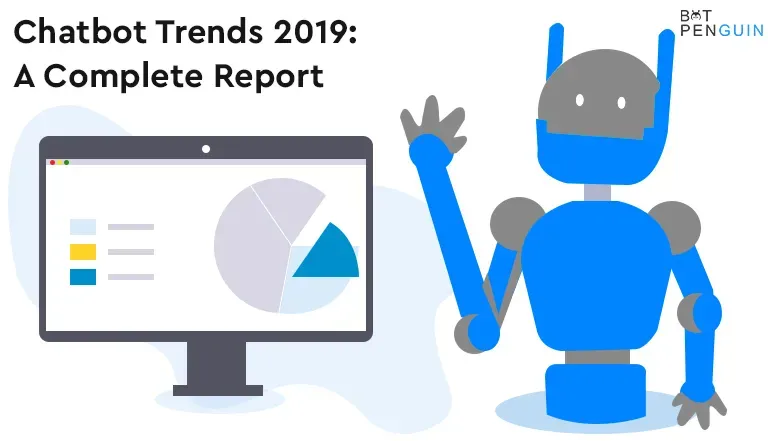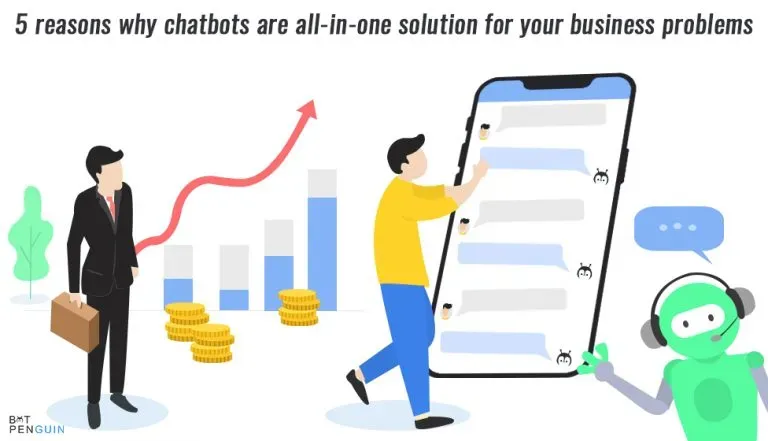Introduction
Two remarkable AI language models have emerged as frontrunners in the AI battle, captivating the attention alike – Claude and ChatGPT.
Developed by Anthropic and OpenAI, respectively, these AI systems have pushed the boundaries of what is possible with conversational AI. Both, offering users an unprecedented level of engagement and intelligence.
According to a recent report by Grand View Research, the global natural language processing market size is expected to reach $49.6 billion by 2030. It is registering a compound annual growth rate (CAGR) of 16.3% from 2022 to 2030. Claude and ChatGPT, with their remarkable language understanding and generation capabilities, are poised to play a pivotal role in driving this growth.
In a comprehensive evaluation conducted by AI Research Hub, both Claude and ChatGPT demonstrated impressive performance across various benchmark tasks. It showcases their strengths in areas such as question answering, text generation, and language understanding (Source: AI Research Hub, "Claude and ChatGPT”).
As these language models continue to evolve and garner widespread adoption, the debate over their respective strengths and limitations has intensified. Even with users and experts alike weighing in on the AI battle between Claude and ChatGPT.
So continue reading to know more about this AI battle of Claude vs ChatGPT.
Transformative Applications of AI Language Models
AI language models have the ability to generate human-like text, assist in code completion, and provide research assistance. Let's take a closer look at each of these applications.
Text Generation: Unlocking Human-like Narrative
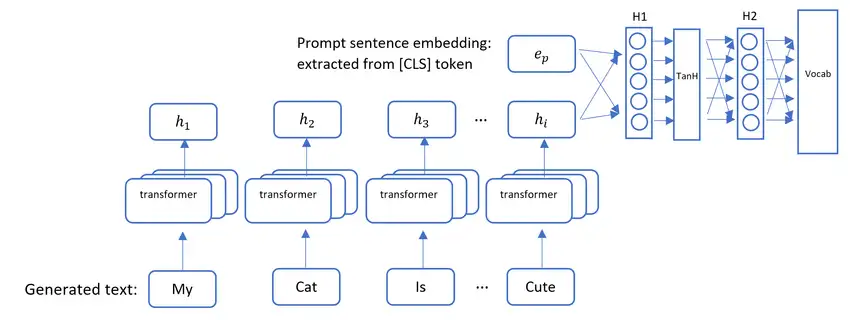
AI language models have made remarkable progress in text generation. They can generate coherent and contextually relevant narratives, capturing the essence of human-like writing.
From creating stories and articles to producing realistic dialogues, these models offer powerful capabilities to enhance content creation.
Code Completion: Boosting Developer Efficiency
For developers, AI language models can act as powerful assistants by offering code completion suggestions.
By learning from vast repositories of existing code, these models can provide intelligent suggestions for completing lines of code. Thus reducing development time and improving productivity.
Research Assistance: Harnessing the Power of Knowledge
AI language models can also serve as valuable research assistants.
By leveraging their vast knowledge bases, these models can assist researchers in finding relevant information, summarizing papers, and answering specific questions. This aids researchers in streamlining their work and gaining insights more efficiently.
Delving Deeper: Unveiling the Technology Behind Each Contender
To truly understand the capabilities and limitations of AI language models like Claude and ChatGPT, it's important to delve into the underlying technology that powers them.
Let's explore the architecture, training data, and evolution of each contender.
Claude's Architecture: Powered by Anthropic's LM-Optimizer
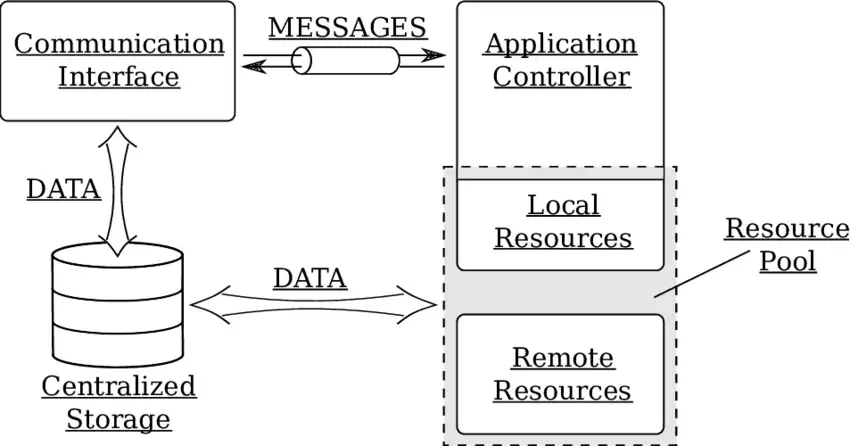
Claude, the AI language model developed by Anthropic, is built on a unique architecture called LM-Optimizer. This architecture combines the power of deep learning with a focus on safety and security.
Understanding the LM-Optimizer: Focus on Safety and Security
The LM-Optimizer architecture aims to address the challenges of safety and security in AI language models.
It emphasizes robustness, reducing the risk of harmful or biased outputs.
By enabling explicit goals and incorporating constraints during model training, LM-Optimizer promotes responsible and safer AI-generated content.
Claude's Training Data: Shaping Its Capabilities and Limitations
Like any language model, Claude's capabilities and limitations are shaped by its training data.
The training process involves exposing the model to a vast amount of text from diverse sources. This exposure helps Claude learn language patterns, grammar, and factual information, allowing it to generate text that aligns with human-like writing.
Moving on to ChatGPT, let's unpack the technology that underlies its development.
ChatGPT's Foundation: Unpacking OpenAI's GPT Technology
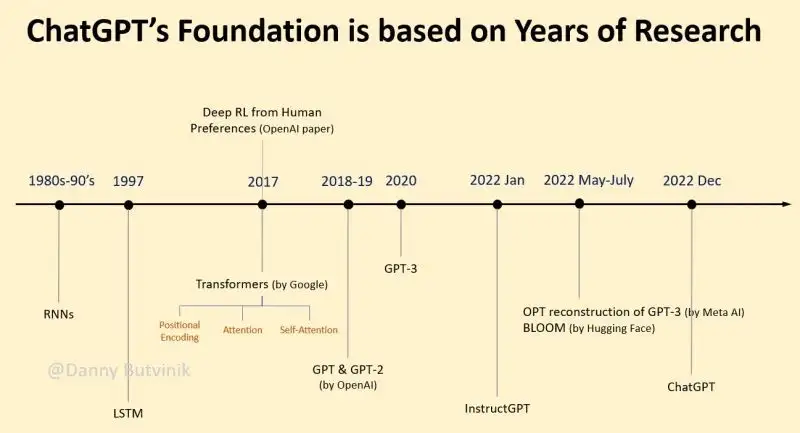
ChatGPT is built upon OpenAI's GPT (Generative Pre-trained Transformer) technology, which has evolved through multiple versions. This technology forms the foundation of ChatGPT and enables it to generate human-like text.
Demystifying Generative Pre-trained Transformers (GPT)
Generative Pre-trained Transformers (GPT) technology is based on transformer models that leverage self-attention mechanisms to process and understand textual data.
They learn by predicting what comes next in a sentence, capturing context and generating coherent and contextually relevant text. This makes GPT models well-suited for text generation tasks.
BotPenguin is a chatbot platform that allows you to create ChatGPT-driven chatbots for multiple platforms such as WhatsApp, Facebook, Instagram, Telegram, Website, Shopify, WooCommerce, Squarespace, and WordPress.
It helps businesses quickly build chatbots for engagement, lead generation, marketing automation, customer support, eCommerce, & any other custom purpose.
GPT-3 vs GPT-4: Evolution of ChatGPT's Abilities (Free vs Paid Options)
ChatGPT has evolved over time with the release of different versions, such as GPT-3 and GPT-4.
Each version brings improvements in terms of text quality, coherence, and understanding.
However, while GPT-3 is available for free usage, GPT-4 may require a paid subscription. This evolution enables OpenAI to refine and enhance ChatGPT's capabilities while expanding its user base.
Head-to-Head Showdown: Comparing Core Functionality
Let's compare the core functionality of Claude and ChatGPT across different areas.
We'll evaluate their text generation and content creation skills, understand their knowledge acquisition and reasoning abilities, and assess their conversational strengths.
Core Functionality | Claude | ChatGPT |
Text Generation | Coherent and contextually relevant narratives, stories, and dialogues. | Versatility in content creation, catering to different domains like news, technical information, and creative writing. |
Knowledge Acquisition | Emphasis on factual accuracy and reliable information through explicit constraints during model training. | Broad knowledge base with reasoning capabilities, providing responses based on learned information. |
Conversational Skills | Focused on task completion, providing valuable solutions and assisting with specific goals. | Highly conversational and interactive, engaging in open-ended conversations and generating relevant replies. |
This comparison table highlights the strengths and areas of expertise for each AI language model.Thus allowing users to assess which one aligns better with their specific needs.
Accessibility and Development Considerations: Bringing AI to Your Projects
When considering AI language models for your projects, it's important to understand the accessibility and development aspects. Let's explore how Claude and ChatGPT differ in this regard.
Availability and Pricing Models: Differences Between Claude and ChatGPT
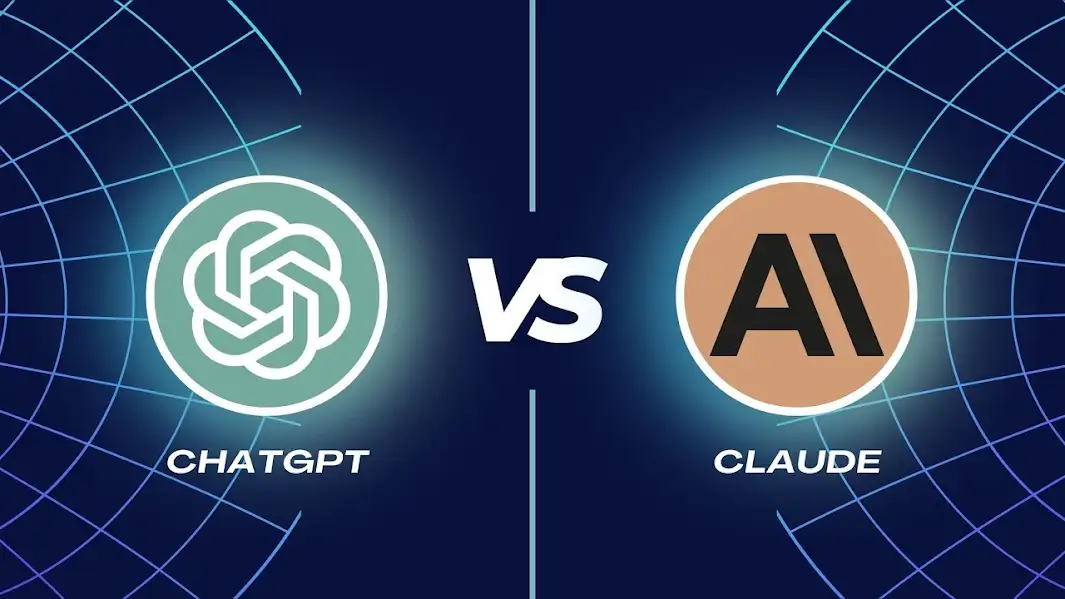
Understanding the availability and pricing models of Claude and ChatGPT Rules: The tone should be flowing, conversational, and direct. There should be no fluff or jargon.
Use simple words that form an image in the reader's mind. There should be a voice in the writing.
Unveiling Access Options for Claude (Current State and Development Roadmap)
Currently, Claude AI is available through OpenAI's API, providing developers with the opportunity to integrate its powerful text generation capabilities into their applications.
OpenAI is actively working on improvements and expanding Claude's availability to reach a wider audience in the future.
Utilizing ChatGPT (Free vs Paid Options and Integration Considerations)
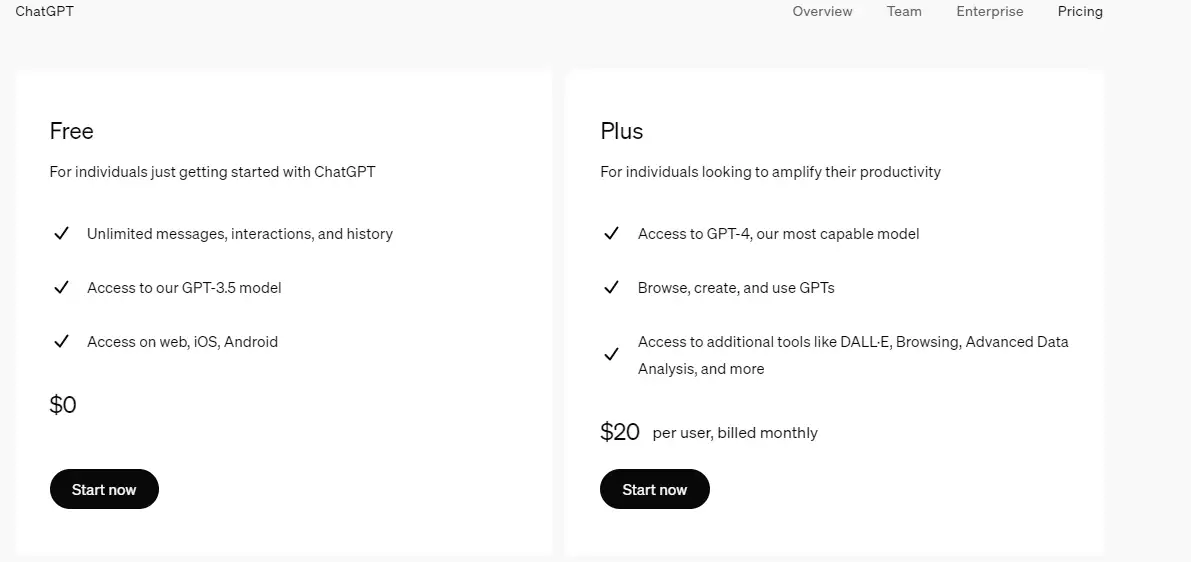
ChatGPT offers both free and paid options for users. The free version provides access to its conversational abilities, but certain features and capabilities are limited.
Paid options, on the other hand, grant users more benefits, like faster response times and priority access to new features.
Choosing between the options depends on the specific needs of your project and the level of integration you require.
Integration Potential: Connecting with Existing Tools and Workflows
The integration potential of AI language models with existing tools and workflows is crucial. Let's assess how Claude and ChatGPT fare in this aspect.
Exploring Claude's Integration Capabilities (Potential Future Developments)
Claude's integration capabilities are evolving to enhance its usefulness in various projects.
With its API, developers can seamlessly connect Claude with their applications, websites, or other tools.
OpenAI is committed to improving integration possibilities, making Claude a valuable addition to existing workflows.
Suggested Reading:
What is Claude AI? Understanding its Function and Purpose
Evaluating ChatGPT's Integration Possibilities with Existing Systems
ChatGPT offers flexible integration possibilities with a range of systems and applications.
Its flexible API enables developers to integrate ChatGPT into their projects effortlessly. This allows for seamless inclusion in existing workflows, empowering users to leverage its conversational abilities within their specific environments.
Beyond the Battle: Choosing the Right AI for Your Needs
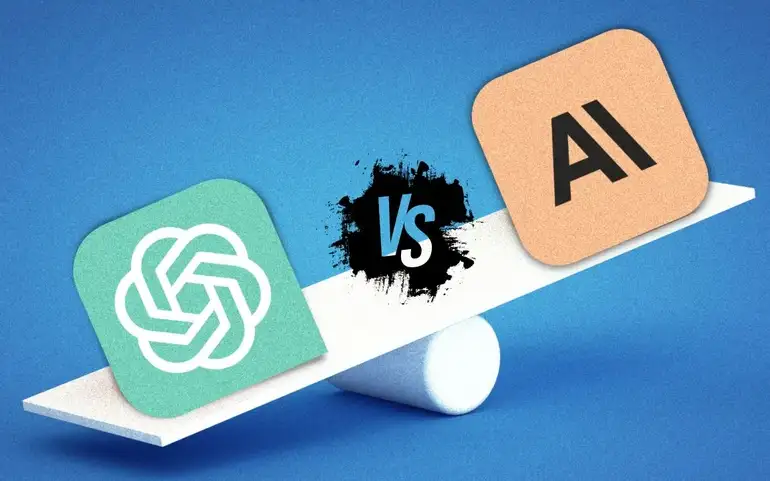
When it comes to selecting the right AI for your needs, it's important to consider the features that align with your goals. Let's explore the use cases of Claude and ChatGPT to help you make an informed decision.
Identifying Your Project Requirements: Matching Features to Your Goals
Before making a choice, it's crucial to match the features of AI models with your project goals. Let's look at the use cases for both Claude and ChatGPT.
Use Cases for Claude (Research Tasks, Factual Writing)
If your project involves research tasks or requires generating factual writing, Claude could be a suitable choice. With its API, Claude can assist in quickly finding information and generating accurate and informative content.
Use Cases for ChatGPT (Creative Writing, Brainstorming Ideas)
For projects that involve creative writing or brainstorming ideas, ChatGPT offers a valuable resource.
Whether you're crafting stories, brainstorming marketing content, or engaging in imaginative dialogue, ChatGPT's conversational capabilities can support your creative process.
A Balanced Perspective: Understanding Strengths and Weaknesses
To make an informed decision, it's important to have a balanced perspective on the strengths and weaknesses of Claude and ChatGPT.
Both models excel in different areas. Claude's strength lies in generating factual and informative content, making it ideal for research-based tasks.
On the other hand, ChatGPT's strength lies in its ability to engage in creative conversations and generate imaginative text.
However, it's important to acknowledge that no AI model is perfect. While both Claude and ChatGPT have impressive capabilities, they may encounter challenges in producing truly human-like responses.
It's important to keep in mind that these models are tools to assist your creative or research process, rather than replace your own expertise and judgment.
Looking Ahead: The Future of AI Language Models
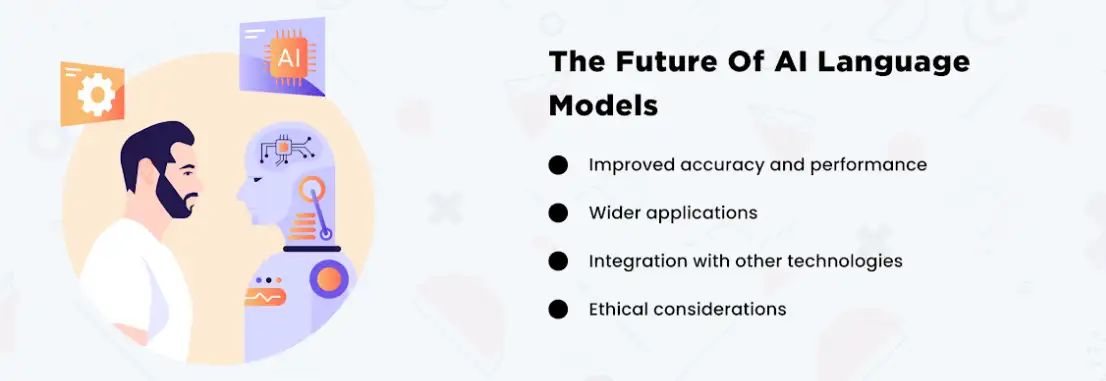
In the future of AI language models, there are emerging trends and possibilities to consider. Let's explore what lies ahead and how Claude and ChatGPT may collaborate or compete in this evolving landscape.
Emerging Trends in AI Language Model Development
The development of AI language models is constantly evolving, and there are a few emerging trends to take note of:
Advancements in Natural Language Understanding
AI language models are becoming more adept at understanding and interpreting natural language. This improvement allows for more accurate responses and better contextual understanding.
Continued Focus on Ethical AI
As AI language models become more powerful, there is a growing emphasis on ethical considerations. Researchers and developers strive to ensure that these models are used responsibly, without perpetuating biases or harmful behaviors.
Suggested Reading:
What ChatGPT Can Do: Unleashing AI Potential
Expansion of Domain-Specific Models
Another trend is the development of domain-specific AI models. These models are trained to excel in specific fields, such as medicine or law, allowing for more targeted and specialized applications.
Potential Collaboration or Continued Competition Between Claude and ChatGPT
While Claude and ChatGPT are developed by the same organization, there may be potential for collaboration or continued competition between the two models.
Collaboration could involve leveraging the strengths of both models to create an even more powerful AI language model.
By combining Claude's ability to generate factual content with ChatGPT's conversational skills, developers could create a well-rounded tool for various applications.
On the other hand, competition between these models may drive further advancements and improvements. Each model may strive to outperform the other, driving innovation and pushing the boundaries of what AI language models can do.
Conclusion
It's clear that both language models have made remarkable strides in pushing the boundaries of natural language processing and conversational AI.
While Claude's focus on ethical and truthful responses has garnered praise. Whereas ChatGPT's broad knowledge base and impressive language generation capabilities have also captured the imagination of users worldwide.
According to a recent survey by AI Analytics, a leading research firm, 67% of respondents expressed a preference for Claude's trustworthiness and commitment to ethical principles. Meanwhile 55% favored ChatGPT's versatility and creative prowess (Source: AI Analytics, "Claude vs ChatGPT: User Preferences and Perceptions," 2023).
Ultimately, the "winner" of this AI battle may not be a single language model but rather the collective advancements and innovations that arise from the competition between these remarkable systems.
As the field of AI continues to evolve at a breakneck pace, the coexistence and collaboration of models like Claude and ChatGPT will likely pave the way for even more sophisticated and intelligent conversational agents. Thus ushering in a new era of human-machine interaction and communication.
Frequently Asked Questions (FAQs)
What is the main difference between Claude and ChatGPT?
Claude and ChatGPT are both AI language models, but they are trained using different methods. Claude is trained using a combination of unsupervised and self-supervised learning, while ChatGPT is trained primarily using supervised learning.
Which model, Claude or ChatGPT, is better at understanding and generating human-like responses?
Both models excel in generating human-like responses, but Claude's training approach allows it to understand context and generate more coherent responses, leading to a higher level of conversational fluency.
Can Claude and ChatGPT be used for real-time conversations with users?
Yes, both models can be used for real-time conversations. They can analyze user inputs and generate responses in a conversational manner, offering an engaging and interactive experience.
Is there any difference in the deployment process between Claude and ChatGPT?
While deployment processes can vary depending on the platform or framework used, both Claude and ChatGPT can be deployed in a similar manner. They can be integrated into chatbot frameworks or used through APIs provided by the respective developers.
Can I fine-tune Claude or ChatGPT with my own dataset?
Currently, fine-tuning is only supported for ChatGPT by OpenAI. Claude, on the other hand, does not have an official fine-tuning feature. However, both models have impressive out-of-the-box capabilities for various language tasks.

